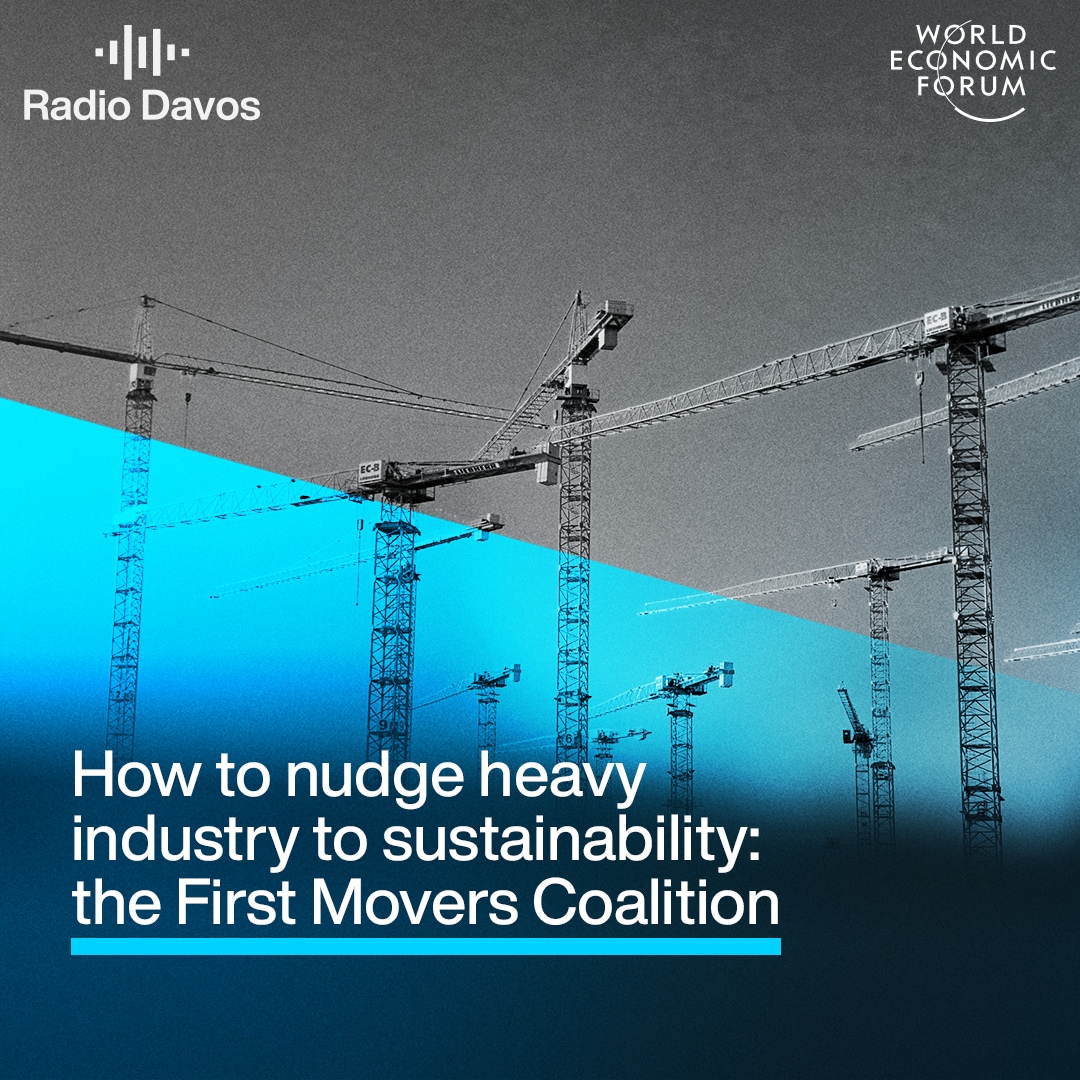Why the world needs a carbon removal budget, not just a carbon budget
Carbon removal is mission critical to tackling climate change.
Image: Getty Images/zhongguo
Stay up to date:
CO2 Capture, Utilization, and Storage
- Carbon removal – which can involve anything from planting trees to technology that sucks carbon from the atmosphere – is mission critical for tackling climate change.
- Efforts to scale up carbon removal are growing but this area is challenged by issues including cost, as well as geophysical, biological and political constraints.
- A carbon removal budget could boost net-zero transition planning, helping countries and companies to cut emissions in a more effective and also more equal way.
It is clear the world is warming. The worst wildfires in 20 years hit the Brazilian Amazon this year, while more than 300 fires blazed across Canada this summer and stifling temperatures oppressed many parts of Europe.
To prevent this dire situation from getting worse, the world must level off the cumulative stock of carbon in the atmosphere. This ultimately means getting the annual flow of CO2 into the atmosphere down to almost nothing, or the state of "net zero". This is when all emissions that can be eliminated are, and any residual emissions are neutralized by durably removing carbon from the atmosphere.
We know what we need to do to stop pumping emissions into the atmosphere: cut ourselves off from our global addiction and reliance upon fossil fuels. But achieving the "net" part of "net zero" is trickier. This is where carbon removal – which is mission-critical for tackling climate change – comes in.
Carbon removal can be anything from planting trees, to using machines to suck carbon from the atmosphere and bury it underground. Efforts to ramp up carbon removal globally remain contested and controversial. But there are ongoing processes around the world to define what counts as carbon removal based on criteria such as how durably the carbon is stored. Indeed, this is one aspect that negotiators at the UN Climate Summit COP29 will discuss in November 2024 as part of Article 6 of the Paris Agreement on climate change.
Accept our marketing cookies to access this content.
These cookies are currently disabled in your browser.
The challenges of scaling up carbon removal
As governments and companies alike continue to grapple with how they are going to meet nearing climate targets, interest in how to scale carbon removal is growing. Companies like Microsoft and Amazon are making big voluntary investments into various emergent forms of carbon removal – some more polarizing than others. For example, Microsoft has invested in bioenergy carbon capture and storage, which sees trees grown to capture carbon, cut down and burnt to generate energy, and the emissions captured and buried underground. Countries are also considering how they can drive demand for carbon removal – the UK, for example, is looking at how to integrate it into its existing emission trading scheme.
Carbon removal is not in infinite supply, however, and is certainly not free to produce. Its availability is constrained geophysically and biologically, as well as economically and politically. Some carbon removal methods, usually technological ones, depend on significant energy consumption, whilst nature-based removals require vast tracts of land.
Currently, durable carbon removal comes at a cost of approximately 100 times more than most carbon credits sold today, which focus on avoiding the release of future emissions. Researchers have shown that dependence by countries and companies on land to meet climate targets drastically outweighs the amount of land available when we try to balance carbon removal needs with food security and human rights.
For all of these reasons, carbon removal should be seen as a scarcity – something used only for the emissions we simply cannot reduce. Addressing such constraints means finding the answers to several interconnected questions:
- How much carbon removal is needed and when?
- What methods for carbon removal should be prioritized?
- Which impediments exist to the different types of removal supply and how can we overcome them?
- And, critically, how should we allocate the growing – but ultimately finite – carbon removal supply between different countries, companies and financial institutions?
A carbon removal budget would establish the cumulative amount of removal available to contribute to the realization of global temperature goals. Having a dedicated carbon removal budget, alongside a carbon budget, would help to foreground and address these questions.
How would a carbon removal budget work?
By allowing us to understand how much carbon we can emit before we breach key temperature thresholds such as 1.5 degrees, we can put a price on the value of those remaining emissions and then more efficiently allocate them to different activities. In the same way, a carbon removal budget would allow us to understand how much removal capacity exists, and then value that capacity in a way that facilitates an efficient allocation.
In both cases, a budget allows us to value the carbon – whether emissions or removals – encouraging the careful use of both finite atmospheric capacity and removal supply to tackle climate change.
Since the removal supply is finite, the budget must be used responsibly. Not all countries or companies have the same capacity to develop and deploy carbon removal. Equally, wealthier nations and corporations might have the resources to buy carbon removal, but could be doing so at the expense of necessary emissions reductions. This could, in effect, exclude poorer countries from using carbon removal in the future. For example, a fossil fuel company should not use carbon removal today when there are ways to reduce its emissions – especially when we need to preserve removals for future emissions that are extremely hard or impossible to eliminate.
A global carbon removal budget could help inform future climate negotiations and be deployed by countries and cities to support their net-zero planning. Companies and financial institutions could also use carbon removal budgeting to guide their investments in removals and ensure they are on track to meet their climate goals and net-zero transition plans. It could help us to address equity issues, for instance, by preventing land grabs and avoiding creating more food price crises caused by land scarcity.
Embedding a carbon removal budget into decision-making is a necessary development in our response to climate change. It will help to spotlight the essential role of carbon removal as part of net-zero transition planning for countries, companies or financial institutions. By integrating carbon removal budgeting into climate strategies, we can make more informed investment decisions to grow the carbon removal supply while ensuring such potential is fairly and effectively allocated.
Don't miss any update on this topic
Create a free account and access your personalized content collection with our latest publications and analyses.
License and Republishing
World Economic Forum articles may be republished in accordance with the Creative Commons Attribution-NonCommercial-NoDerivatives 4.0 International Public License, and in accordance with our Terms of Use.
The views expressed in this article are those of the author alone and not the World Economic Forum.
Related topics:
Forum Stories newsletter
Bringing you weekly curated insights and analysis on the global issues that matter.
More on Climate ActionSee all
Cornelius Pieper and Nicky Collins
September 15, 2025
Lindsey Hall
September 15, 2025
Joe Myers
September 12, 2025
Emilian Axinia
September 11, 2025






